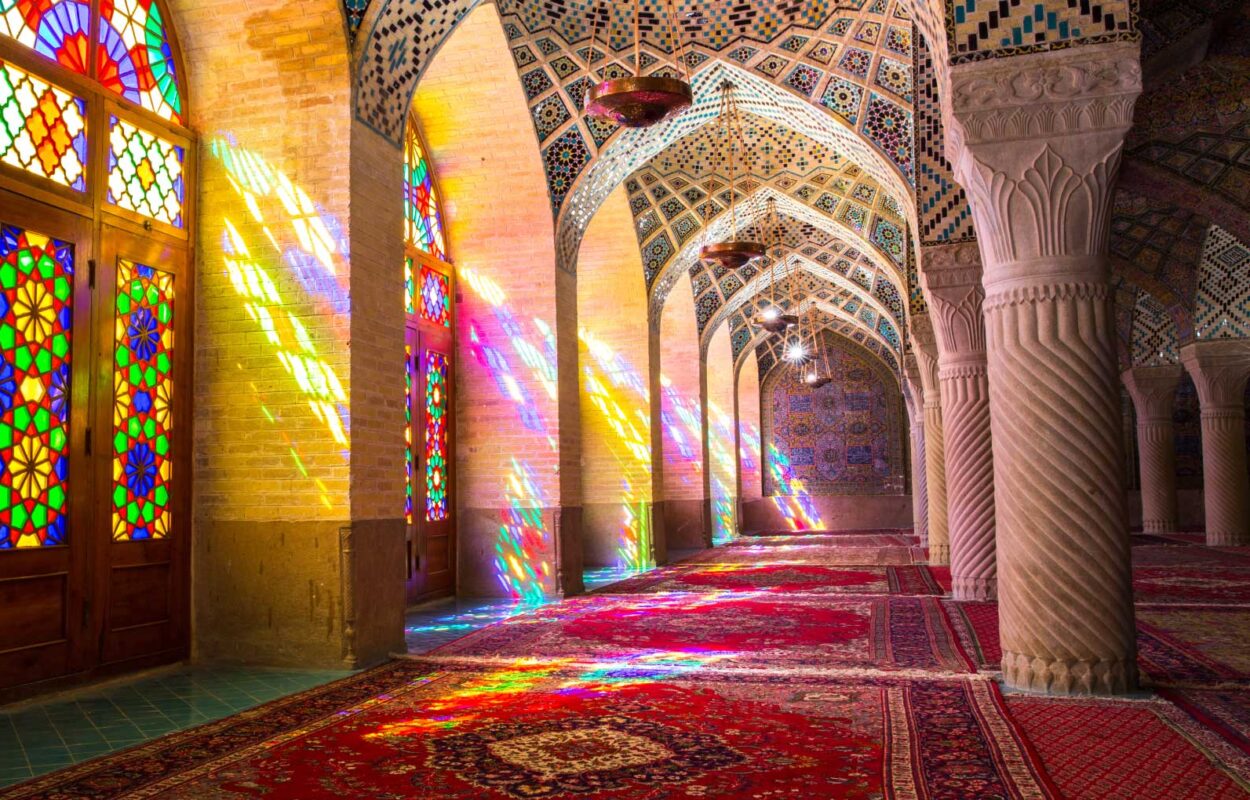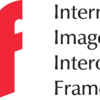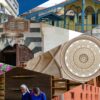 Shiraz Allibhai, Archnet Director from the Aga Khan Trust for Culture (AKTC), has been with Archnet since the beginning. In 1998, while heading up the Education Program, he was there when His Highness the Aga Khan, on a visit to MIT, expressed his contentment with the fruits of the Aga Khan Program for Islamic Architecture (AKPIA), but wished for a way to make those efforts resonate more within Muslim societies. William J. Mitchell, then Dean of MIT’s School of Architecture and Planning, asked for some time to look into the issue, ultimately proposing the resource that became Archnet. Archnet has been a collaboration between AKTC and MIT since then.
Shiraz Allibhai, Archnet Director from the Aga Khan Trust for Culture (AKTC), has been with Archnet since the beginning. In 1998, while heading up the Education Program, he was there when His Highness the Aga Khan, on a visit to MIT, expressed his contentment with the fruits of the Aga Khan Program for Islamic Architecture (AKPIA), but wished for a way to make those efforts resonate more within Muslim societies. William J. Mitchell, then Dean of MIT’s School of Architecture and Planning, asked for some time to look into the issue, ultimately proposing the resource that became Archnet. Archnet has been a collaboration between AKTC and MIT since then.
Allibhai told that story and several others in an interview with Michael Toler at MIT on February 28, 2020. Filmed by Parker Halliday, the interview is now available on Archnet.
When Archnet launched a few years after that discussion, it incorporated both a digital library and a social network for scholars, students, and practitioners working on architecture in Muslim societies. It was a pioneering effort in many ways, launched the same year as MySpace and before Facebook came into existence. Yahoo was a more successful search engine than Google, and the photosharing site Flickr didn’t yet exist.
A decade later, the site needed to be updated to comply with contemporary web standards and protocols, as well as shifts in user needs. Sharon C. Smith, then Program Head of the newly established Aga Khan Documentation Center (AKDC@MIT), and Shiraz Allibhai coordinated re-development of the site with a Toronto-based web developer. In this interview, Allibhai discusses the changes made at that time and the reasons for them.
Archnet is a visionary project, and it would be hard to overstate its importance in advancing both the study and practice of architecture, urban planning, landscape design in Muslim societies, and, indeed, the developing world. In the last part of the interview, Allibhai is asked about his ambitions for the site going forward. As his response reveals, the tradition of innovation continues.
See the interview at http://archnet.org/media_contents/642674


